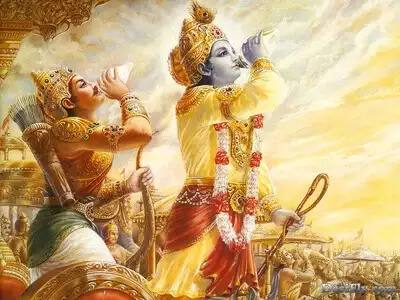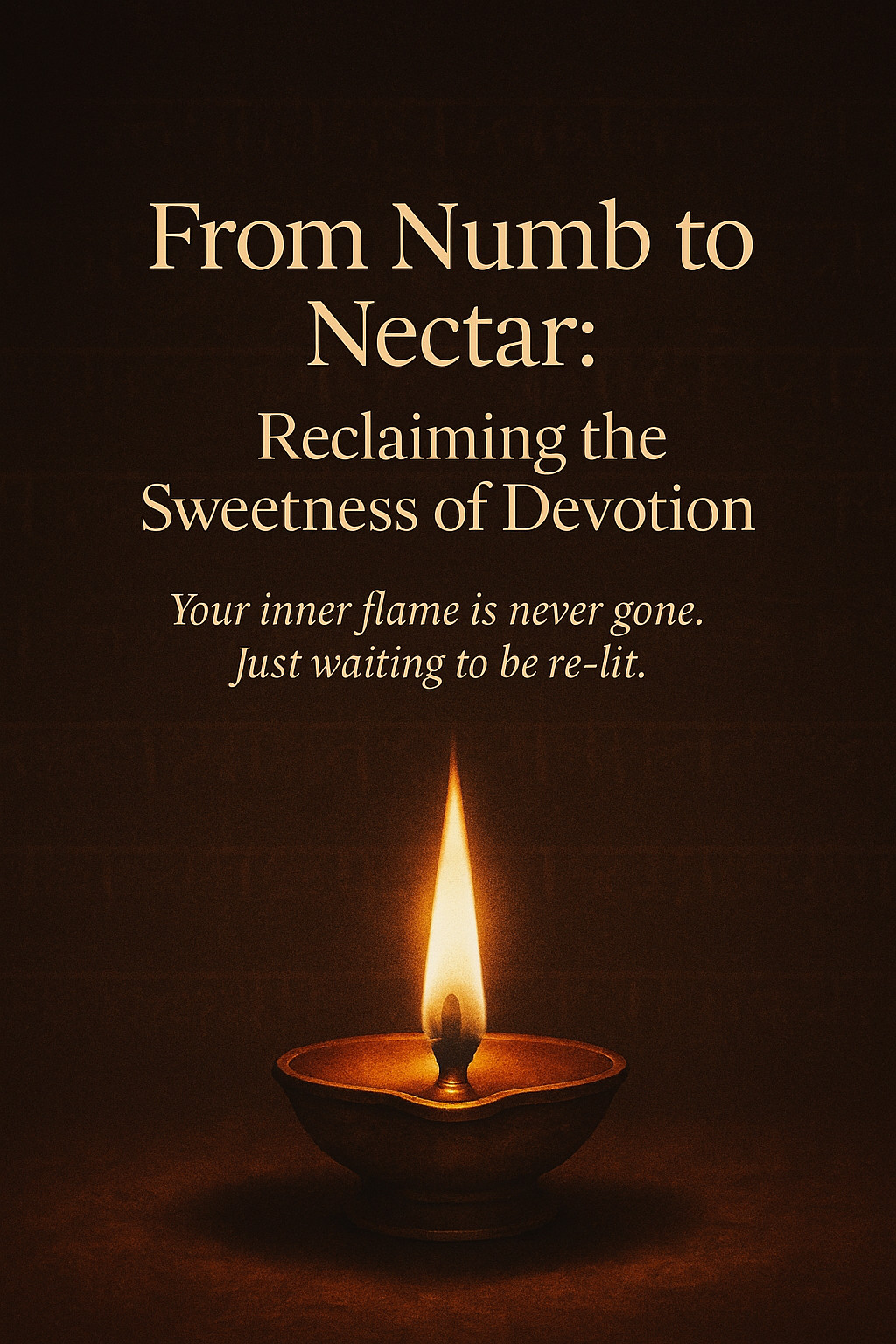Gita Jayanti marks the sacred day when the Bhagavad Gita, one of the most revered scriptures of Hindu philosophy, was delivered by Lord Krishna to Arjuna on the battlefield of Kurukshetra. Celebrated annually on the 11th day of the Shukla Paksha (waxing moon phase) in the Hindu month of Margashirsha (typically falling in November or December), this occasion holds profound spiritual and philosophical significance.

The Essence of the Gita
The Bhagavad Gita is a 700-verse dialogue that forms part of the Mahabharata. It addresses timeless dilemmas about duty, righteousness, and the path to self-realization. Arjuna, overcome with doubt and moral confusion about fighting in the war, seeks guidance from Krishna, who enlightens him with wisdom that transcends the battlefield.
The Gita explores key spiritual themes such as:
- Dharma (duty and righteousness).
- Yoga as a path to union with the divine.
- The balance of karma (action), bhakti (devotion), and jnana (knowledge).
- The imperishable nature of the soul.
Celebrations and Rituals
Devotees observe Gita Jayanti with reverence and devotion through the following practices:
- Recitation of the Gita: Chanting the scripture's verses is a central activity, often accompanied by explanations and discussions on its meaning.
- Bhajans and Kirtans: Spiritual songs glorifying Lord Krishna and the teachings of the Gita fill the atmosphere with divine energy.
- Seminars and Discourses: Scholars and spiritual leaders conduct sessions to delve deeper into the Gita’s philosophy and its relevance in modern life.
- Charitable Acts: Many devotees engage in acts of kindness, embodying the Gita’s principles of selfless service.
The Timeless Relevance of the Gita
The Bhagavad Gita transcends religious boundaries, offering guidance for anyone seeking clarity in life’s challenges. Its lessons on managing desires, balancing emotions, and fulfilling one’s duties with detachment remain as relevant today as they were thousands of years ago.
For practitioners of Kundalini Yoga, Gita Jayanti serves as a reminder to balance the mind, body, and soul. The text aligns beautifully with the yogic principle of inner awareness and connection with the divine.
How You Can Celebrate
- Dedicate time to read or listen to the Gita’s verses and reflect on its teachings.
- Practice selfless acts of kindness, aligning with the principle of karma yoga.
- Engage in meditation or yoga to cultivate inner peace and harmony.
- Organize or participate in discussions about applying the Gita’s lessons in contemporary contexts.
Conclusion
Gita Jayanti is more than a celebration—it is an invitation to explore the profound wisdom of the Gita and integrate its teachings into everyday life. Whether you are seeking spiritual growth, ethical clarity, or emotional resilience, the Bhagavad Gita offers a roadmap to living with purpose and grace. On this sacred day, let us honor this timeless scripture and the universal truths it reveals.
For Radhastami, the celebration of Goddess Radha's divine birth, devotional chanting invokes her grace, love, and spiritual qualities. Various mantras help deepen devotion, elevate consciousness, and invite the blessings of Radha Rani. These include the Radha Gayatri Mantra, Radha-Krishna Mantra, Radha Ashtakshara Mantra, Radha Sahasranama Stotram, Radha Krishna Pranam Mantra, and Radha Stuti.
The Radha Gayatri Mantra connects devotees to Radha's divine feminine energy, encouraging spiritual devotion. The Radha-Krishna Mantra celebrates the union of Radha and Krishna, embodying divine love and bliss. Short but profound, the Radha Ashtakshara Mantra, and extensive chants like Radha Sahasranama Stotram, along with Radha Krishna Pranam Mantra and Radha Stuti, target different aspects of worship and blessings.
Recommended practices for these mantras include chanting early in the morning or during specific puja times, repeating each mantra 108 times using a mala, and setting clear intentions. By engaging in these practices, devotees invite Radha's divine love and spiritual grace into their lives, making Radhastami a deeply enriching experience.
Read more...Radhastami, the birth anniversary of Srimati Radharani, is one of the most treasured festivals in the Vaishnavite tradition, observed on the eighth day of the waxing moon in the month of Bhadrapada (August-September). As the eternal consort of Lord Krishna, Radharani embodies pure devotion, divine love, and the feminine cosmic balance, representing the dynamic interplay of masculine and feminine forces in the universe. On this auspicious day, devotees fast until noon, offer special prayers, sing hymns, and recount her love and devotion to Krishna.
Spiritually, Radharani is regarded as the "Queen of Vrindavan" and epitomizes unconditional love and devotion, transcending the material realm to illustrate the ultimate connection between the soul (Radha) and the Divine (Krishna). Radhastami reminds us that the path to spiritual enlightenment lies in selfless love, sacrifice, and unwavering devotion, symbolizing the eternal balance of cosmic forces. Her pure, transcendent devotion devoid of material attachment serves as a beacon for attaining karmic balance and spiritual growth through selfless service (Seva).
Observing Radhastami offers numerous spiritual benefits, including cleansing the mind, body, and soul through fasting and chanting, meditating on Radha’s love to enhance one's capacity for unconditional love, and achieving inner harmony by aligning one's masculine and feminine energies. The festival emphasizes that acting with selfless love and devotion, free from expectations, aligns one's karma and fosters positive spiritual outcomes. By embracing Radha’s divine energy and principles, devotees can cultivate inner peace, balance, and divine grace.
Read more...Krishna Janmashtami, marking the birth of Lord Krishna, is an auspicious celebration in Hinduism observed on the eighth day of the dark fortnight in Bhadrapada (August-September). Devotees celebrate with fasting, midnight puja, home decorations, and recitations of the Bhagavad Gita. Events like Dahi Handi symbolize Krishna's love for butter, adding a playful element to the spiritual festivities.
Observing Krishna Janmashtami brings numerous spiritual benefits, such as inner peace, spiritual growth, and a deepened connection with the divine. Fasting purifies the mind and body, while rituals like chanting and meditation offer tranquility. Lord Krishna’s teachings inspire devotees to face life's challenges with courage and wisdom.
Coinciding with Krishna Janmashtami is Kala Ashtami, dedicated to Lord Bhairava, a fierce manifestation of Lord Shiva. Observing Kala Ashtami involves fasting, worshiping Lord Bhairava, and feeding dogs, which symbolizes seeking protection and removing negativity. Together, these observances enhance spiritual growth and empower individuals to transform their lives positively.
Read more...
